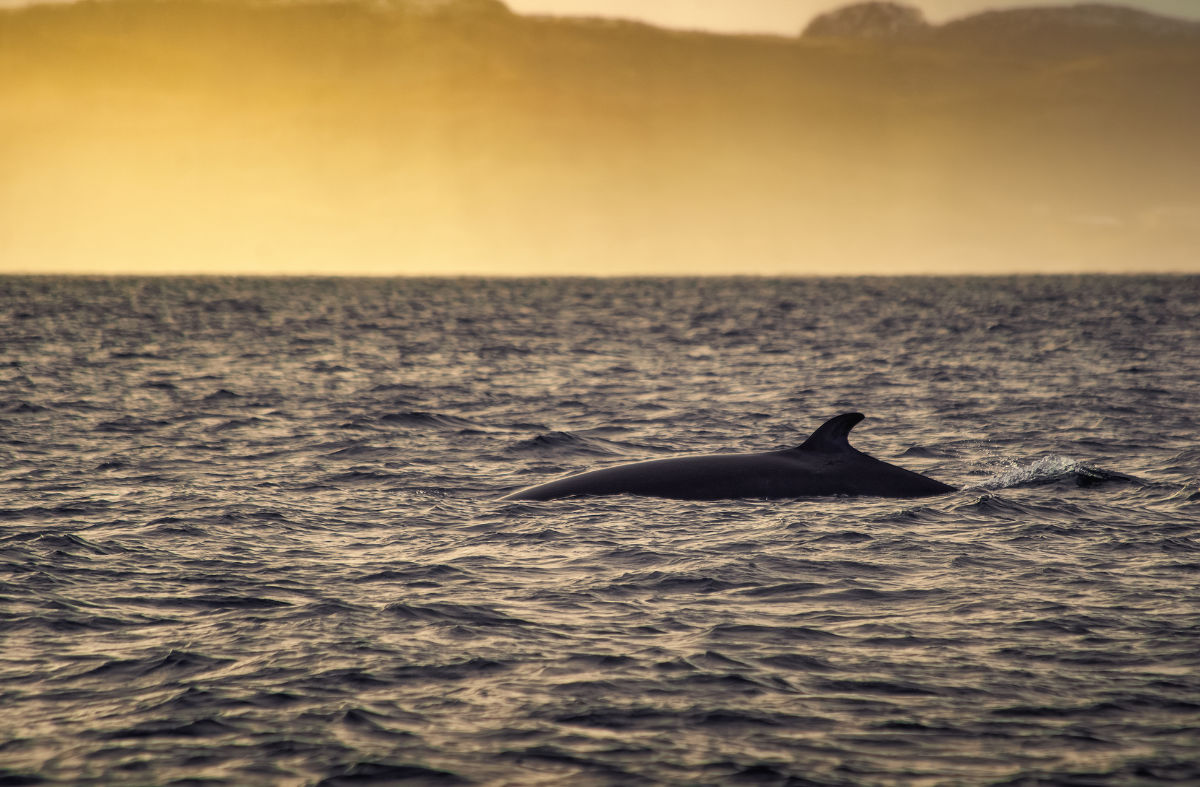After exploring 25 odd countries in the past few years I’ve had a lot of time to decide what I need to bring on a trip.
Latest Posts
-

The Best Binoculars for Whale Watching
Book-ables

- I book all of my flights through either Skyscanner, Kiwi or Expedia.
- Travel insurance
- Hotels Combined, Expedia or Booking.com for booking hotels and hostels. I also use Airbnb when I stay in one location for longer than a week as it often works out cheaper.
- I book most of my wildlife experiences either directly, or on Viator or Get Your Guide.
Packing List Must Haves

I promise to put a more detailed packing list out in the future, but in the mean time here is what you can’t travel without. I’ve picked items that specifically relate to wildlife experiences:
- Mosquito repellent
- Sunscreen
- Enclosed shoes
- Waterproof shoes or booties (if you plan to snorkel or dive alot). Super handy in places where the beaches are rocky or there are Stonefish or Sea Urchins (Philippines, Malaysia).
- Snorkel and mask: You can hire these, or they are often rented for free when booking a day tour. Personally, I prefer to bring my own if I have room as I’ll often snorkel tourless, and it’s more convenient. If you are not an avid independent snorkeler, or a diver who prefers their own mask, you can easily get buy without buying your own.
- A quick drying tower – These little guys are worth their weight in gold, so much so that it was literally the only thing stolen from me in my entire travels. They’re lightweight, dry quickly after use and are efficient at drying you despite their size.
Photography

I focus a lot of photography while I travel so please don’t think you need to buy a ton of fancy equipment like I did, it’s just because it’s a hobby of mine. I’ll suggest an entry level kit first, then I’ll dive into my own gear.
- Perfect entry level kit:
- Dslr or mirrorless: Unless you’re going to be up close and personal with an animal you’re going to want a camera that you can attach a zoom lense too. There are plenty of cheap options to choose from such as the … (DSLR – bigger, ‘more professional’) and …. (mirrorless – more compact, but still with changeable lenses).
- Zoom lens: You’ll need one of these if you want to photograph animals on safari, or practically anywhere else where they aren’t standing immediately in front of you. Be vary when buying lenses to make sure you get the right one for your camera brand and needs, double and triple check!
- If you have the extra cash and don’t mind having two lenses, I’d recommend a 35mm lens as well for wider shots too, depending if you picked a zoom lens that covered that lenght or not.
- My camera gear list: Keeping in mind that a lot of the stuff I carry is due to shooting stock, rather than being needed in any way for wildlife photography.
- Nikon D5100 with 35mm f/1.8, 75-300mm and 11-16mm f/2.8. There are much newer models in this line for a cheaper price, I’d suggest the D5300 or D5600.
- Song a6500 with 19mm f/2.8 and 35mm f/1.8. I’d dare say the best crop sensor mirrorless camera there is out there at the moment. This camera is great with photography and mindblowing at video with the right lenses.
- DJI Mavic: I didn’t buy this with animal photography in mind, but use it for landscape photography. Keep in mind drones are banned in most safari locations so I wouldn’t buy this specifically for wildlife photography. Check the latest prices here.
- Gimbal for smooth video footage: I would not recommend this unless you’re super into making videos. I’m only mentioning it here in case I use it in an upcoming video. I have the Go Pro version (click here for latest prices) and the SLR/ Mirrorless version (click here for latest prices).
- Go Pro Hero 5 Black with red filter: Great for snorkeling and diving as it goes down to 30 or 40 meters (recreational diving limits) when inside the underwater housing, or can be used for snorkeling without the housing. Click here for latest Go Pro prices (red filter / underwater housing sold separately).
- Split level dome: I wouldn’t recommend this unless you’re super into split level photography. These domes help you catch above and below the water in the same shot. Click here to see prices here.